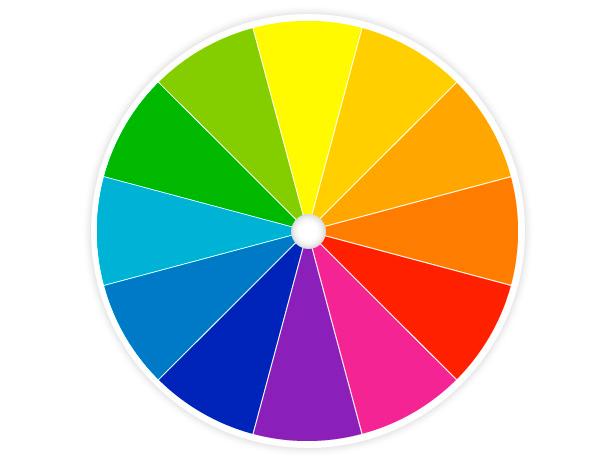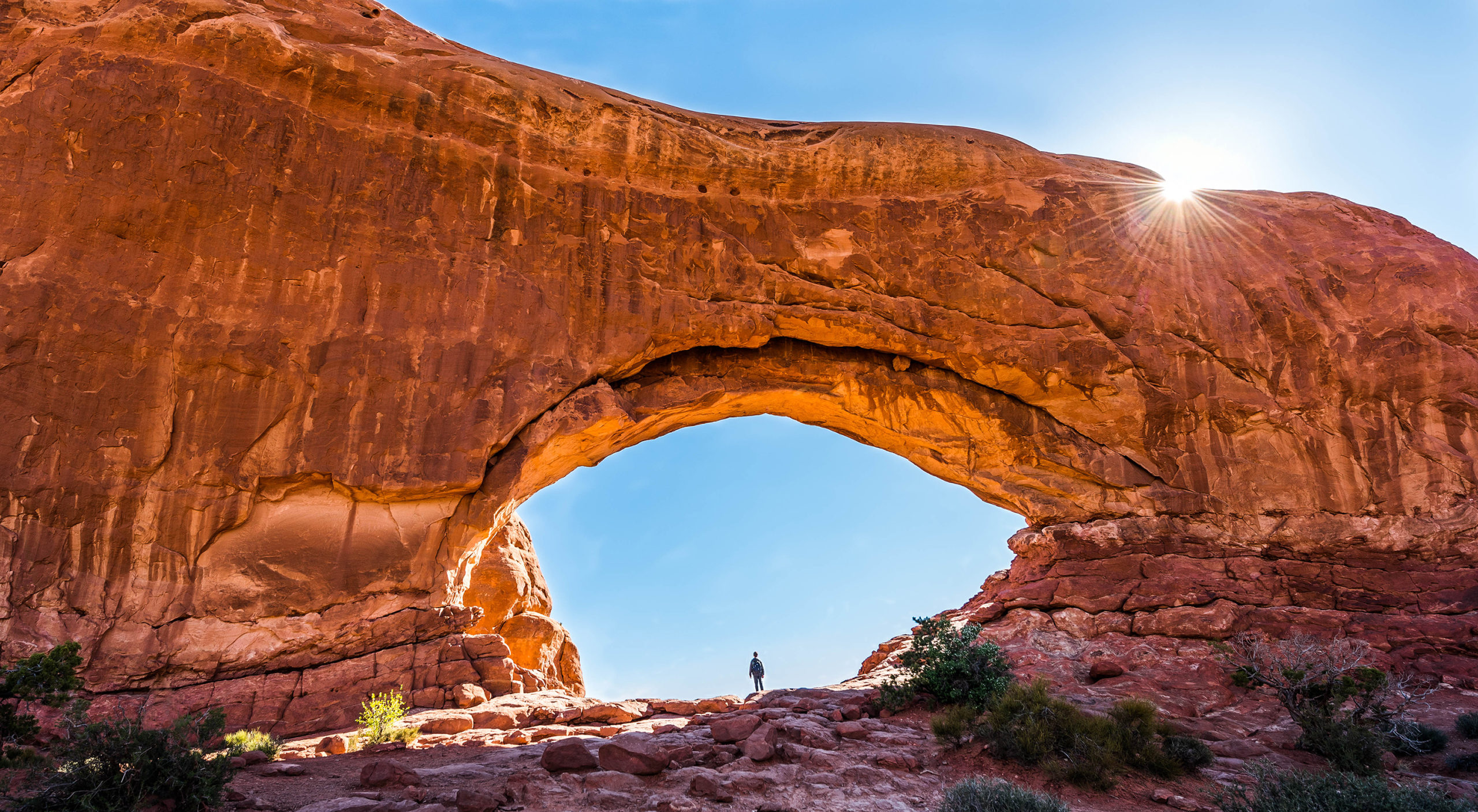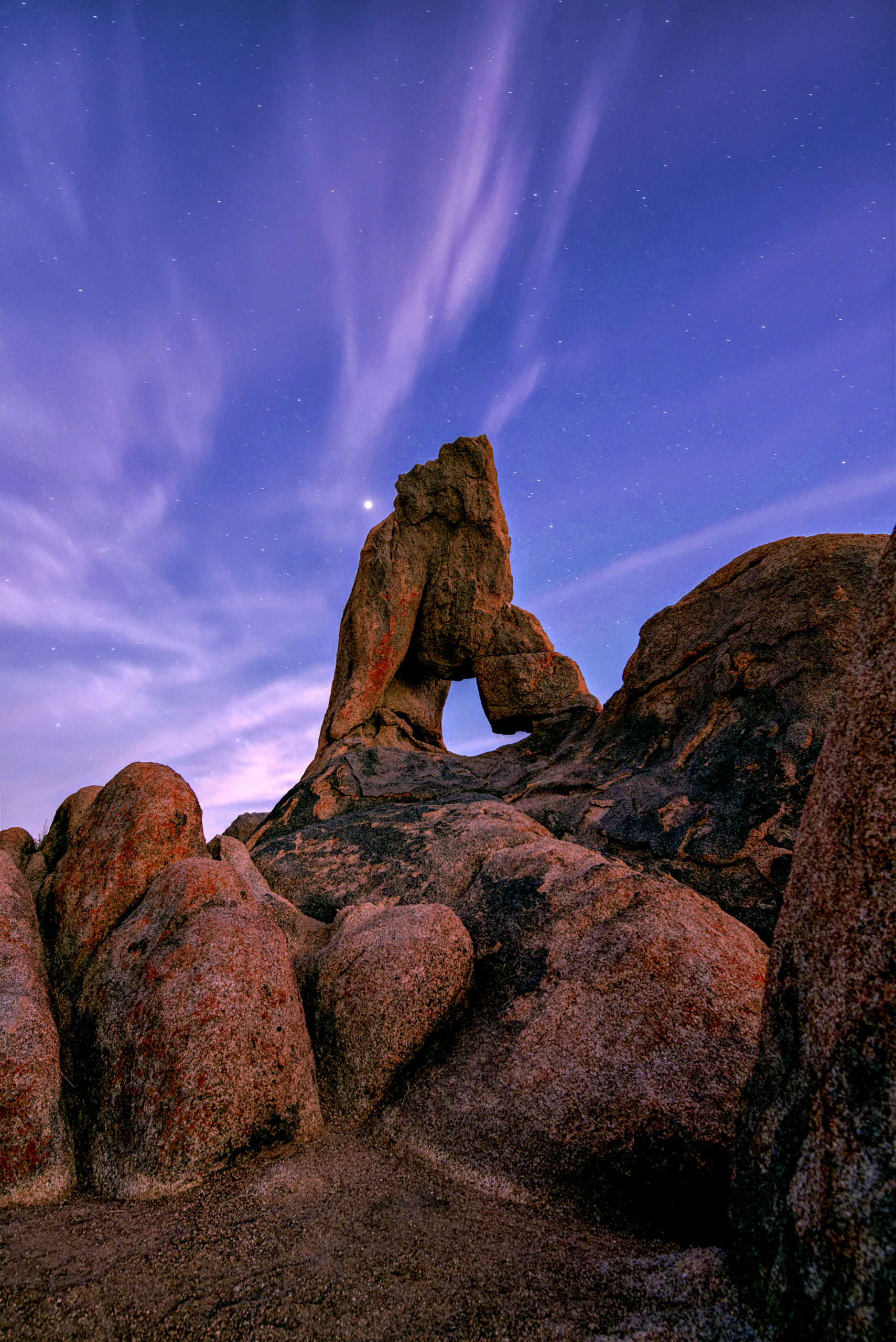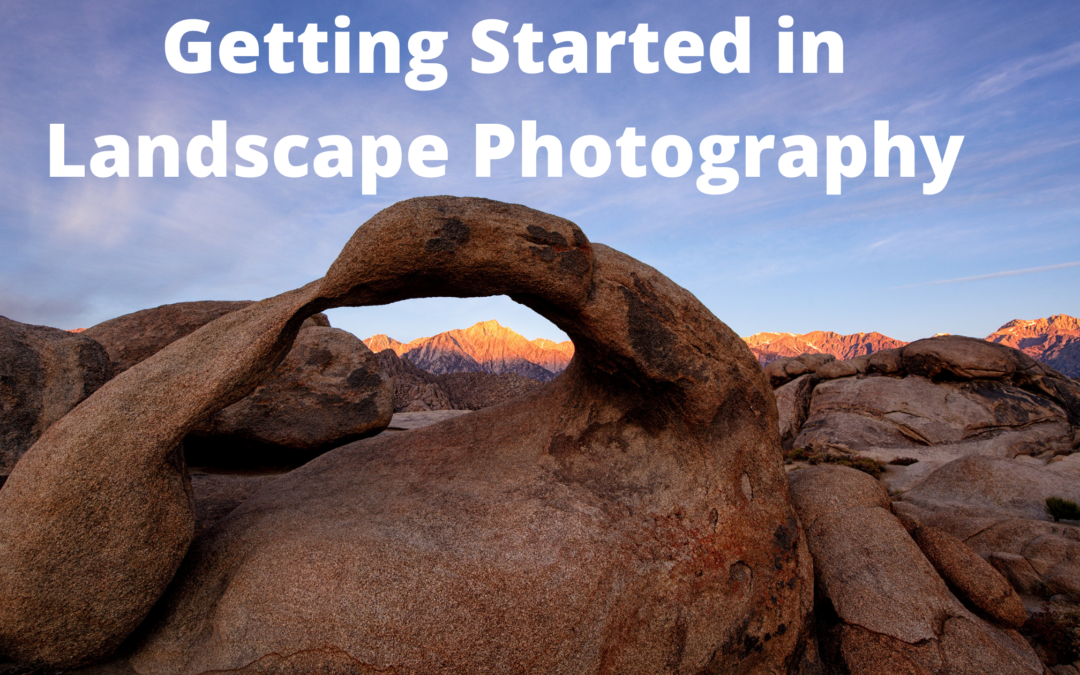Throughout the years I have been photographing, it is clear to me that photography is more than just pressing a button.
It is about connecting with others and nature, becoming fully present, and learning to make your imagination and vision a reality.
And with landscape photography, all of those things are checked off. Landscape photography has given me the amazing gift of truly appreciating nature and everything it has to offer.
I enjoy every sunrise and sunset that much more, and dream of going to exotic and unknown places around the world all because of landscape photography.

Taken at Joshua Tree National Park during sunset.
I have learned to love hiking because of it and just enjoy being outside more.
It truly is an amazing type of photography that cannot only improve your creativity but also your perspective on the world.
So, here are some of my top tips when getting started with landscape photography!
Understand Light and Composition
First off, you need to understand light and composition and how they are incorporated with landscape photography. If you want to learn more about light or composition, click the links.
The short answer is:
Good light + good composition = good landscape photo
Light and composition are by far the most important elements when photographing a landscape.
But by stating that, I do not think you ALWAYS need both. Out of the two, I think composition is the most important aspect.
Think about it, you could have terrific golden light reflecting off of a desert landscape, but have your camera being pointed down at a plant.
You had great light, but you didn’t have a good composition to back it up.

This was taken during sunset, but there wasn’t much golden light reflecting onto the landscape. However, since the composition was good, I could adjust some aspects in editing to improve the image.
If it were the other way around, you can manage to take a good image if you just have a good composition. This mainly works when you know certain editing techniques and different shooting styles to focus on.
Think of a day when there isn’t a cloud in the sky. Just sunny and blue. To a normal person, this is a beautiful day. But to a photographer, it can be not so great conditions to shoot in.
But that doesn’t mean you still can’t take great images, even if it is sunny and clear. What matters the most is your composition and noticing certain angles and details that would make a nice photo.
Look at the WHOLE scene
When you’re at a location and all setup, many photographers (myself included) tend to have a particular shot in mind. With me, I can get so laser-focused on one composition that I completely neglect everything else around me.
I can’t tell you the number of times I thought I was going to capture a great shot, only to look behind me or to the right of me and see an even better shot.
ALWAYS look at the whole scene. Not once, not twice, but constantly. It’s great if you have a certain image in your mind you want to capture, but be mindful of other spots you can go to if you have the chance.
You never know what shot you might miss out on if you don’t take a few seconds to look around.
Notice Colors
Colors are a major element with any type of photography, but especially landscape photography.
If you ever remember learning the color wheel back in school, you might remember the term “complementary colors.” This term describes two colors opposite to each other that go well together.

That’s why you might see a subject in a red dress in a grassy field. Red and green are opposite each other, so they are complements.
Or why a sunset next to a lake or ocean looks amazing. Blue and orange are complementary colors.

Notice how the orange hue of the rock and the blue sky complement each other well.
If you can identify what colors will be in your scene, you can plan accordingly. If you are looking to have a subject provide a sense of scale, you can tell them to wear a certain color, which will not only stand out against the landscape, providing great contrast, it will also make the image more pleasing to look at.
Practice as much as you can!
Last but not least, my biggest tip I can give you is to practice as often as you can. If you live next to the beach or the desert or a forest, go to that place and photograph it as frequently as you can.
If you have the time and money to do some road trips on the weekend or visit another state, country, or continent, do so and bring your camera!
The best way to get better at landscape photography is to practice it in as many different settings and elements as you can.

Taken at Alabama Hills during blue hour.
You always learn something new when you’re out in the field and as a bonus, you get to experience nature.
I always say that even if the weather is horrible and I don’t get the shot I was hoping for, I am still happy that I got outside. That I’m not sitting in my house, watching T.V. To me, it is always better to get out in nature and photograph whenever you can!
I hope these tips help you as you begin your landscape photography journey.
Get ready to chase sunsets and sunrises, and go on long hikes and truly experience the beauty that mother nature has to offer.
Have fun and keep photographing!


